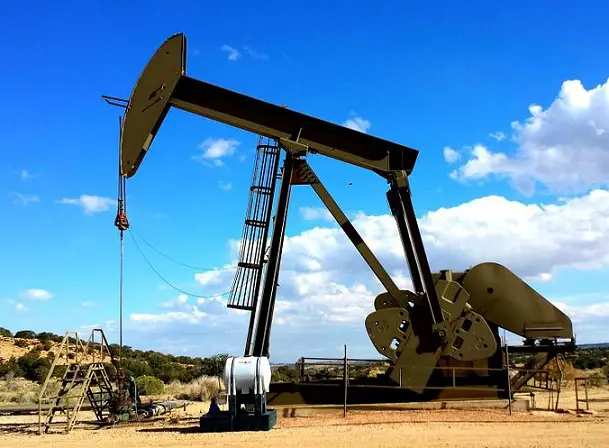As investors weighed the prospects of an economic slowdown against the tightness of the oil market, oil fluctuated at the start of the week.
West Texas Intermediate was trading around $95 per barrel, after completing its third weekly decline last Friday for its longest string of losses this year. Sharp swings and low liquidity have produced bouts of volatility throughout the market as traders have tried to balance supply and demand outlooks.
This week the Federal Reserve is expected to announce yet another large interest rate hike as it struggles to contain record-setting inflation rates. It is expected that will eventually apply pressure to demand for crude, however commodities trader Pierrer Andurand says, even if the economy stumbles, oil consumption could still exceed expectations.
Vandana Hari, founder of Vanda Insights sees oil as less resilient in the face of such pressure on demand, saying, “While prices have been volatile, I expect renewed downward pressure on crude,” as the Fed’s decision “will likely serve as a fresh reminder of the economic headwinds ahead.”
Although oil is still up 25% for the year, most of the gains in futures seen after Russia’s invasion of Ukraine in late February have been stripped back, as the market has adapted to the changes in supply flows produced by the sanctions regimes. The US is still pursuing a price cap on Russian oil sales, and the Treasury Department’s No. 2 official will be rallying support for the proposal in Europe this week.
Russia’s war in Ukraine caused many nations to shy away from the producer, however this has merely led countries like China and India, which would have purchased oil from the middle east, to shift their purchases to discounted Russian oil. Meanwhile the middle east shipments those countries had forgone, merely reentered the market and were shipped to countries boycotting Russian crude, increasing supply there and lowering prices. Russia however is still profiting greatly off sales of their oil.
The United States hopes to implement a diplomatic price cap on Russian oil, where countries presently importing Russian crude, refuse to pay Russia more than the capped price. The assumption behind the measure is Russia will sell the oil anyway, and thus the oil supply on the market will remain stable, avoiding a price increase that would harm western nations, but Russia would be denied the profits from oil which the nation is presently enjoying.
So far India and China, Russia’s two largest customers, have been cool to the idea of a price cap for fear of inflaming relations with Russia. Russia, for its part, has indicated it will cut off oil supplies entirely to any nation which attempts to implement such a cap on prices. Many think the idea will go nowhere, but the US is persisting in pursuing it.
The oil market continues to be backwardated, a situation where near-term prices are higher than later-dated contracts, implying an assumption prices will decline over time. Brent’s prompt spread, the difference between its two closest contracts, was $4.93 in backwardation, which is more than $1 higher than at the beginning of the month.


